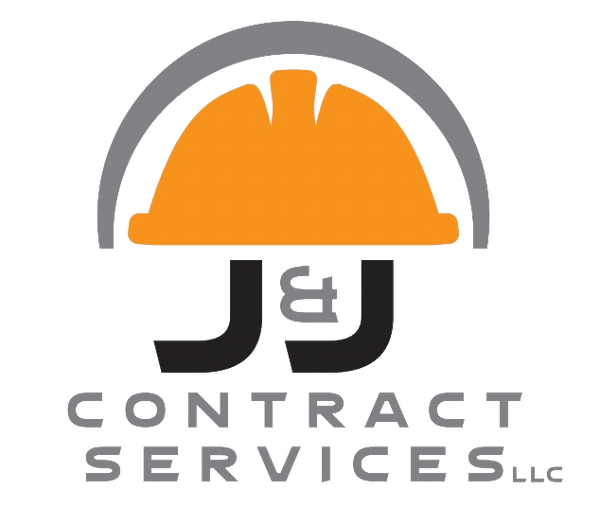
Demolition
Share
Demolition is the process of safely dismantling buildings or structures to clear a site for new development or renovation. This complex operation requires careful planning and execution to ensure safety, compliance with regulations, and minimal environmental impact.
Key Steps in Demolition:
-
Site Assessment: Before demolition begins, a thorough evaluation of the site is conducted. This includes inspecting the structure, identifying hazardous materials (such as asbestos or lead), and assessing surrounding properties and utilities.
-
Permitting and Regulations: Contractors must obtain the necessary permits and ensure compliance with local, state, and federal regulations governing demolition practices.
-
Utility Disconnection: All utilities, including water, electricity, and gas, must be safely disconnected before demolition to prevent hazards during the process.
-
Safety Measures: Implementing safety protocols is crucial. This includes securing the site, using protective gear, and ensuring that all workers are trained in safety procedures.
-
Method Selection: The appropriate demolition method is chosen based on the structure type and site conditions. Common methods include:
- Mechanical Demolition: Using heavy machinery (e.g., excavators, bulldozers) to take down structures.
- Deconstruction: A more selective approach that involves carefully dismantling the building to salvage materials for reuse or recycling.
- Implosion: Utilizing controlled explosives to bring down large structures safely.
-
Debris Removal: After the structure is demolished, debris is sorted for recycling or disposal. Salvaged materials can include metals, concrete, and wood, which can be reused in new construction or other projects.
-
Site Restoration: Once demolition is complete and debris is cleared, the site may require grading and stabilization to prepare it for future development.
